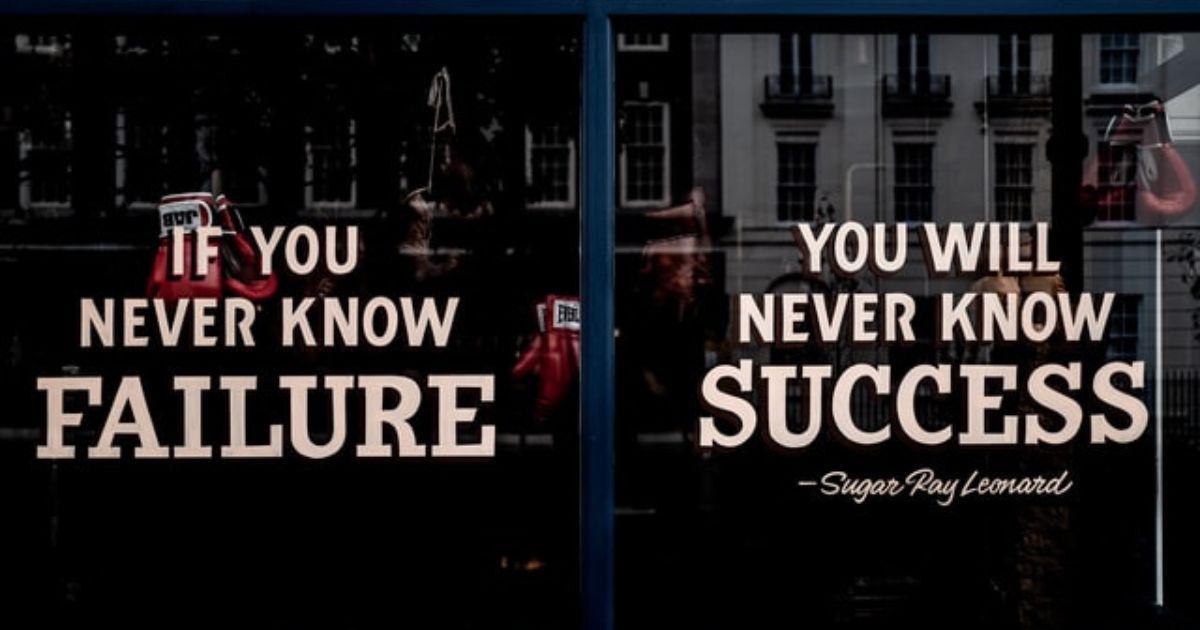
The rivalry between sales vs marketing is as old and well-known as the Hatfields and the McCoys.
For too many companies, there is a huge gap between the two. But a company that wants to thrive needs them both. So why and how do sales and marketing work together?
First, let’s look at why the divide exists.
Sales vs Marketing—Why They Don’t Get Along
I know; if you work in one or the other, it might seem like you have very different goals.
Hopefully, you work in a company with a unified mission and clearly expressed targets. If not, it’s even harder to be on the same page.
Salespeople complain about how bad their leads are. They might feel this way for several reasons, but the result is that they think the marketing department isn’t bringing in the right prospects.
On the other hand, marketers feel that salespeople bring in bad clients despite all their work targeting the right audience. Or, they might view salespeople as nothing more than overpaid order takers finishing the job they started by collecting leads.
Either way, there’s a tendency for the two not to understand how important they both are to the company.
The Difference Between Sales and Marketing
Every company should have one primary mission. “We solve xxx by doing xxx for xxx.”
So even though the type of work every person does is different, everybody should be bought into the idea of solving a specific set of problems for the right people.
But how different are the roles of salespeople and marketers?
What marketers do:
Every company thinks about its perfect client differently, as they should. A marketing team takes the idea of this perfect client and creates a “client avatar” and a “customer journey.”
This avatar, or customer persona, is your ideal client, and it’s as detailed as what industry they work in, how old they are, their goals and dreams, etc.
A customer journey is putting yourself in a customer’s shoes, from finding out about the company to closing the deal, becoming a client, and receiving the products and services.
When they know who to market to and what this customer would want, they do marketing research. Then, they create a marketing strategy, campaigns, and goals around targeting them. Once they’ve collected potential customers, they hand them over to salespeople.
What salespeople do:
Salespeople are typically the face of the company. They’re the ones that have the conversations and start the relationships with clients. Sometimes, they’ll be the contact point throughout a client’s time with that business.
However, they have sales metrics they have to hit, a commission to earn (not that I’m a fan of commission-only pay structures), and a quota to fill. This can create an environment where it can feel like the marketing team holds them back from accomplishing this if they think they don’t have enough people to talk to.
And since the sales team doesn’t always have to continue working with clients after the deal is closed, it’s hard for them to care about finding the right ones.
But a bad client doesn’t just create more work; it creates stress for the entire team.
That’s why hiring the right salespeople and creating a supportive and cooperative sales culture are so important.
When you shift the metrics from the number of closed deals to the number of conversations a salesperson has, they can create their sales process around the avatar and customer journey the marketing team has created—thus bringing in better clients.
And ending the sales vs marketing debate.
How Do Sales and Marketing Work Together?
Big companies move slowly and have a lot of moving parts, so it makes sense that these two groups might not be able to work together very effectively. But in small businesses, that doesn’t have to be the case.
When a company is small, a cohesive, united front is vital. And this includes the marketing department and the sales team.
Small and/or new businesses need more reliable revenue than large, established ones. The ground is always shaky until they have a solid customer base or processes that lead to consistent money coming in.
That’s why sales and marketing have to work together.
Salespeople know the product inside and out, especially if they get thorough training and practice and have access to well-documented sales processes. They’ll know what objections they might have to overcome and will understand how to ask the right questions.
Marketers know how to find the right audience for the product. They research who would buy it, why they need it, and how to reach them.
Sales and marketing can come together to find the best leads—the types that result in optimum deal alignment.
But what is deal alignment?
When your business is small, the range of ways to fulfill a product or service is limited. But many prospects don’t understand that, or they just don’t care. And because they have their own priorities and needs, they try to make things fit in their box. These are the clients that most small businesses try to avoid.
Ideally, it shouldn’t be a fight between sales vs marketing to pinpoint and seek out the clients that won’t do this. They attempt to target the right kind of clients who’ll be more comfortable buying into a company’s offering just the way it is or needing only minor adjustments.
That is deal alignment. When what you offer fits perfectly with what your client needs and expects.
Deal alignment isn’t something that bigger companies have to worry about as much. They know that when they’re bringing in as many clients as possible, many of the bad ones (bad as in “not a good fit for the company”) will churn through quickly. They are also big enough to have multiple levels of service, communication, and offerings so that they can work well with a much wider range of clients.
Small, service-based businesses don’t have that luxury. They put much more time and effort into qualifying leads to ensure a harmonious and long-lasting relationship with new clients.
Badly fitting clients are bad for business
When sales and marketing are at odds with each other, both clients and businesses suffer.
Bringing on a bad client can put a lot of pressure on the fulfillment team and make for some stressful client/company relationships. Some of them only end with a “tale of caution” for which clients you really want to avoid. But some end in bad reviews or a hurt reputation, which can devastate a small business.
It’s not the client’s fault if they believe they can have things their way only to find out that the business cannot fulfill those needs.
And it’s not fair for the business to try to recreate its structure for every client they take on. It will be impossible to grow and scale if they’re constantly struggling with their current clients.
Ending the Sales vs Marketing Feud
At the end of the day, you can’t force people to get along.
What you can do is build a company culture that makes people want to get along and work together. It’s about common goals and shared values.
When you can make this work, your business will be able to focus on what is most important. And you’ll have the opportunity to grow and evolve with solid and coordinated teams.
You might even end the long-standing feud between sales vs marketing in your business.
Header Photo by Uriel Soberanes on Unsplash








